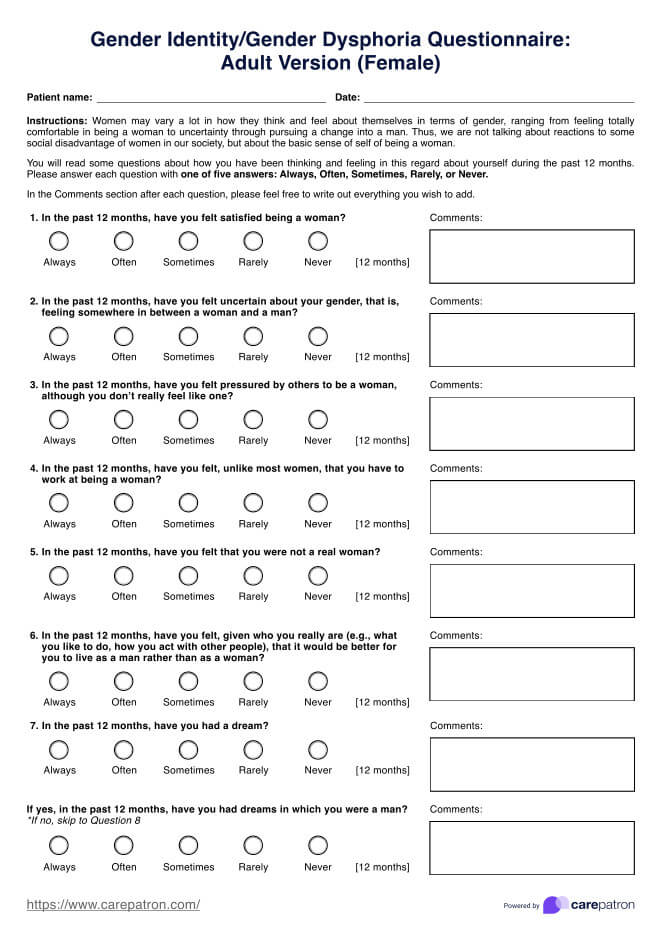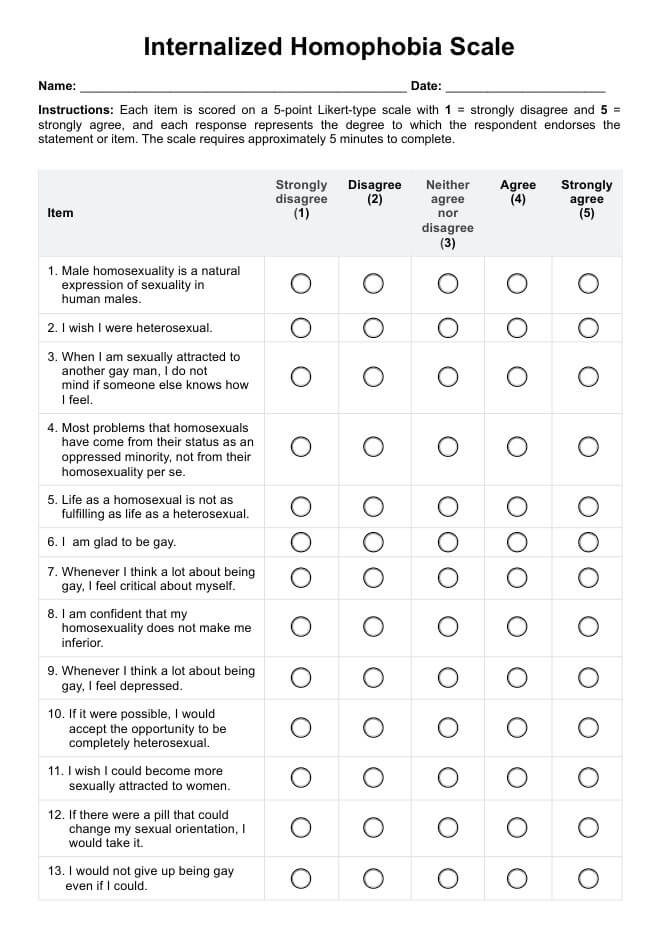PMV Chart
Explore our free PMV Chart for speech therapy, which is perfect for therapists to assess and treat speech disorders effectively. Download now!


What is a Place-Voice-Manner Chart?
A Place-Voice-Manner (PVM) chart is a tool used in speech and language therapy to classify and describe speech sounds. This chart helps identify how different sounds, including those critical to speech therapy, are produced in the mouth. It breaks down phonemes (distinct units of sound in speech) based on one sound with three key features:
- Place of articulation: Where in the mouth the sound is produced (e.g., lips, teeth, throat).
- Voicing: Whether the vocal cords vibrate during the production of the sound.
- Manner of articulation: How the sound is produced, such as whether air is fully stopped, flows freely, or is restricted somehow.
This tool is essential for analyzing speech patterns, including maximal oppositions, and is particularly useful in diagnosing and treating speech disorders.
When do speech and language therapists use this?
Speech and language therapists use a PVM chart during the assessment phase of treatment. It is particularly useful when working with individuals who have articulation disorders, phonological disorders, or other speech abnormalities. By analyzing how sounds are produced using this PMVP chart, therapists can accurately identify specific issues with sound production.
The chart is often used in both initial evaluations and ongoing follow-up assessments to monitor progress and adjust treatment plans accordingly.
How do they interpret findings, and what are the next steps?
When interpreting the findings from a PVM chart, therapists look for patterns or inconsistencies in how sounds are articulated. For instance, if a child consistently substitutes one sound for another, the chart helps pinpoint these specific errors, enhancing the therapy's effectiveness.
Based on these findings, the next steps typically involve:
- Developing a treatment plan: Tailored to address specific errors observed, such as exercises to help pronounce particular sounds.
- Targeted interventions: Focusing on correcting the place, manner, or voicing of sounds where the individual has difficulties.
- Regular monitoring and adjustment: The therapist will continually assess the patient's progress and adjust the therapy plan as needed to ensure effective speech improvement.
PMV Chart Template
PMV Chart Sample
How to use our PMV Chart template
Our PMV Chart template is designed to help you easily navigate the classification of consonants and glides in English. By following the easy steps below, you can effectively utilize the chart to analyze and understand the articulatory properties of speech sounds, enhancing your ability to diagnose and plan treatments for speech disorders.
Step 1: Identify the voicing of the sound
Begin by determining if the sound is voiced or voiceless. Refer to the 'Voice' section of the chart, which indicates whether the vocal cords vibrate (voiced) or do not vibrate (voiceless) when producing the sound.
Step 2: Locate the place of articulation
Next, identify where the sound is produced in the child and mouth. Use the 'Place' section of the chart to find specific articulation points, such as bilabial, alveolar, or velar, corresponding to different areas within the mouth.
Step 3: Understand the manner of articulation
Finally, analyze how the sound is made by looking at the 'Manner' section of the chart. This part categorizes sounds based on their manner of production, such as stops, which completely block and then release airflow, or fricatives, which produce sound by forcing air through a narrow channel.
How speech and language therapists can benefit from this chart
Speech and language therapists can benefit from using a PVM chart in their practice. This tool is fundamental in diagnosing and treating speech disorders, and its benefits include:
Detailed assessment
The PVM chart allows therapists to perform a comprehensive analysis of speech sounds. It helps identify specific errors in articulation, such as incorrect placement of the tongue or lips or improper voicing. This level of detail is crucial for accurately diagnosing speech disorders.
Tailored interventions
With access to the precise information from a PVM chart, therapists can create highly tailored intervention plans. These plans can focus on specific areas of difficulty, whether they involve the place, manner, or voicing of sounds, ensuring that therapy addresses the exact needs of each client.
Monitoring progress
The chart provides a clear framework for tracking changes and improvements in speech over time. Therapists can use it to document where a patient started and how they have progressed with therapy, allowing for objective measurements of improvement and facilitating adjustments to the therapy plan as needed.
Educational tool
Therapists can use charts such as the PVM chart as educational tools for clients and their families, helping them understand the nature of speech issues. This understanding can empower clients and their parents, involving them more actively in their treatment and improving adherence to therapeutic practices.
Research and development
For therapists involved in research, the PVM chart offers a standardized method for collecting and analyzing data on phonetic and phonological disorders. This can contribute to broader research studies aimed at developing new techniques and methodologies for speech therapy.
Commonly asked questions
The Place-Voice-Manner chart classifies speech sounds, including multiple oppositions, based on their articulatory properties, aiding therapists in diagnosing and treating phonetic and phonological disorders.
The chart provides a detailed analysis of how and where speech sounds are produced, enabling therapists and parents to identify specific articulation errors and develop targeted interventions to correct them.
Yes, the Place-Voice-Manner chart is a versatile tool that can be effectively used by different age groups, from children to adults, to learn, analyze, and improve their speech production skills.


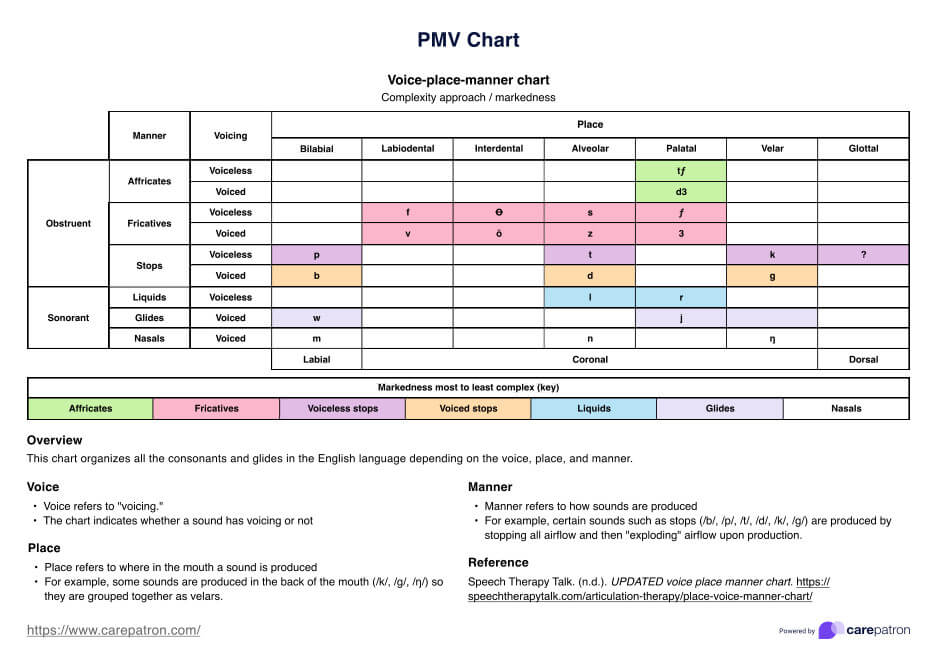
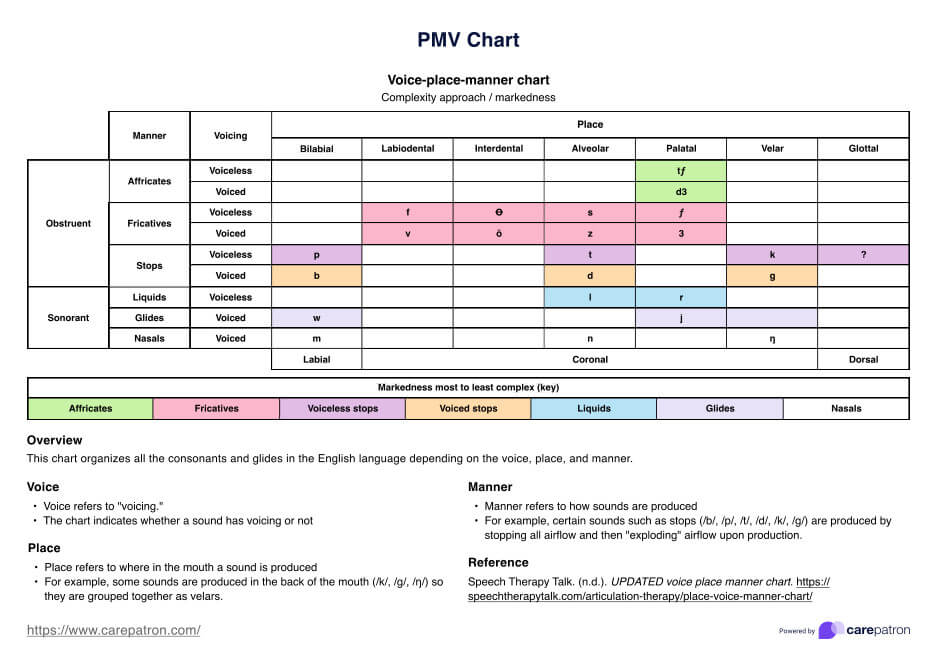


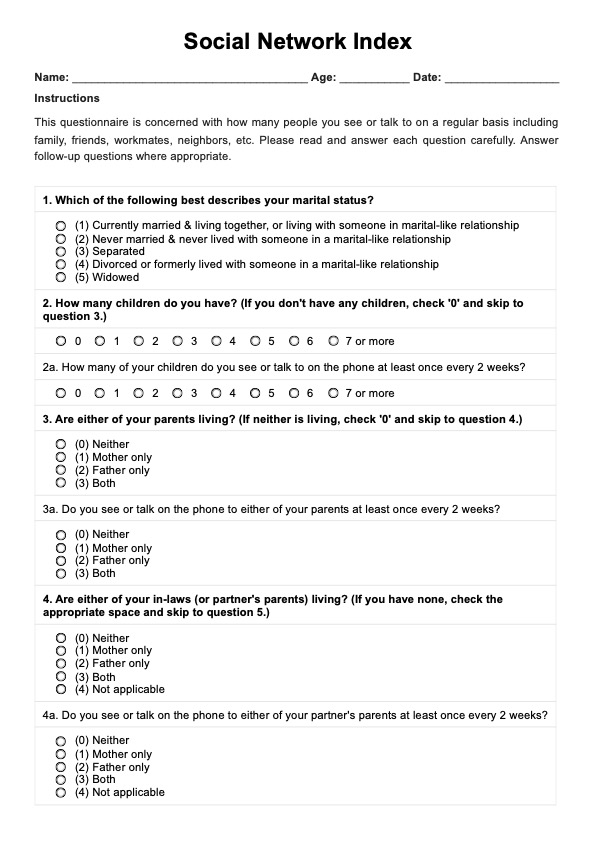













-template.jpg)









































































